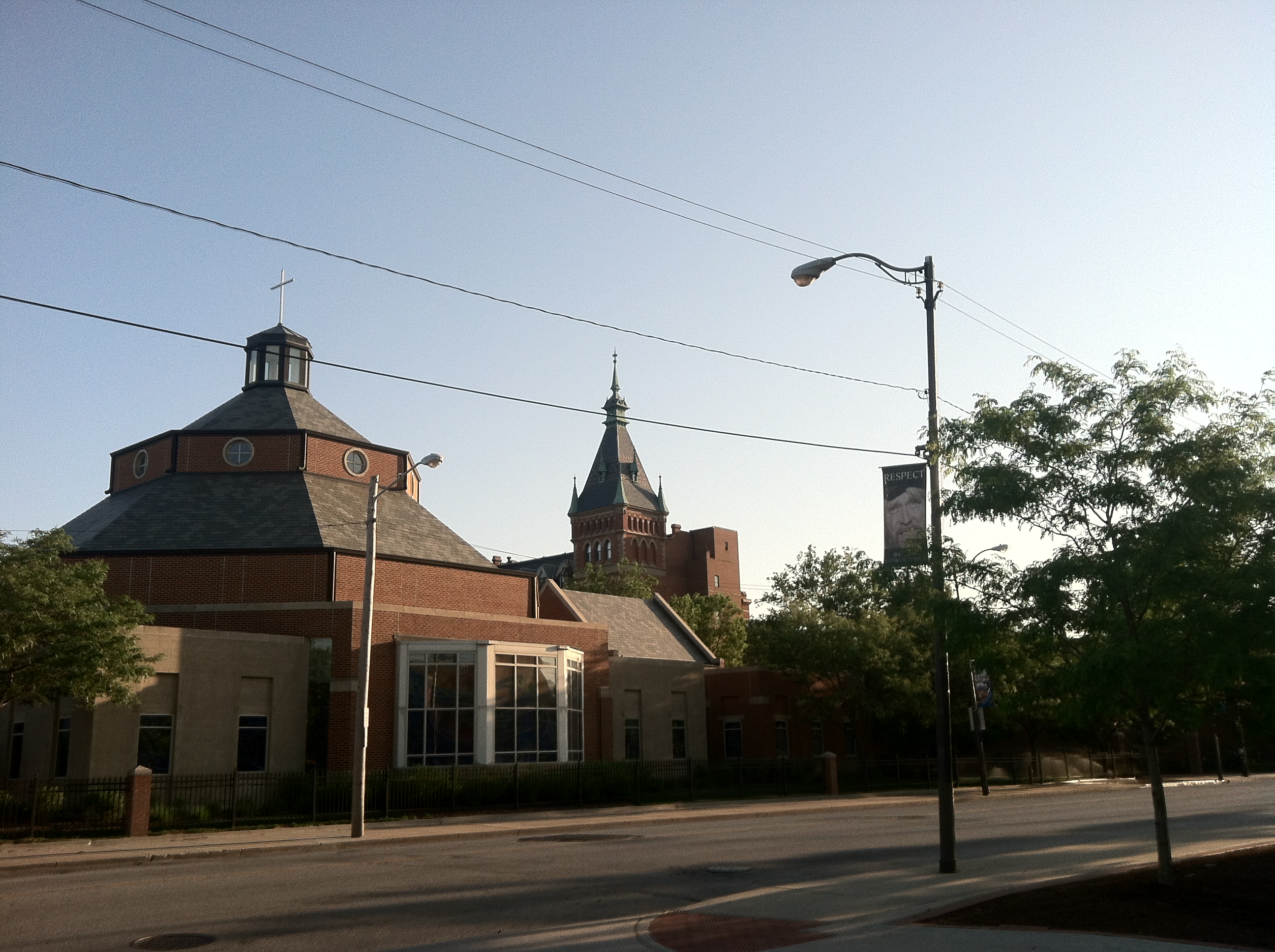by Brad Merk ’14
Saint Ignatius students must recognize how our presence affects our neighborhood and respectfully integrate within the Ohio City community. What we do matters, including how our school affects the phenomenon called gentrification that is rapidly taking place around us, a problem that may even be our fault.
Many students are unclear about what gentrification actually is. It is difficult to define but can be summarized as the revival of urban neighborhoods by an influx of investment and middle class residents.
Urbanization and popular social trends are promoting the idea for young people that staying in cities throughout their lives could be more beneficial to their needs. Ohio City is now one of the biggest areas in Cleveland and Ohio for gentrification.
Anecdotal evidence from walking around the area can easily display this; new art galleries, restaurants, social events, and businesses are sprouting up all around Saint Ignatius as the demographics of the civilians are skewing younger.
What this means for our specific community can be great things: a thriving social center means a more con- nected campus. However, gentrification comes with its downfalls and these are becoming very troublesome.
There are precedents for gentrification in the United States – Atlanta and Boston. In Atlanta, median sales prices in one neighborhood undergoing the phenomenon shot up 275 percent in one decade, which means rich rewards for landowners but can cause rent to shoot up when landlords capitalize on the new value of their properties.
What is necessary here is a balance between economic and social revitalization and pre-existing cultural traditions. From a governmental perspective, this can include necessary measures like rent ceilings to halt skyrocketing costs of living.
But Saint Ignatius has a role to play here too.
Many students at Saint Ignatius call Ohio City home, while students who live in other areas should understand that when someone calls a place their home it should be respected if you wish them to do the same thing for you.
Ignatius has been here for 127 years, and we are now an extremely wealthy, powerful presence in the local community of landowners. Our investment decisions can help to revitalize the neighborhood and can also contribute to what could become an epidemic of rising rents, causing community backlash. We have to step carefully here and work with the local community – otherwise, shortterm economic growth could lead to longterm estrangement from the Ohio City community.
As students and future alumni, it is our responsibility to ensure that the Ignatius brand is always associated with compassion and considerate policies. It is in our own selfinterest as a network of Ignatian scholars, and it is in the school’s selfinterest to ensure that our reputation is one as an institution that cares about its neighbors without driving out Ohio City residents who can’t pay rents.
I say this with an understanding that the rapid motion of gentrification isn’t stopping and it truly shouldn’t. But we must remember what gentrification does and that the way we respond will pave the way for the future.






